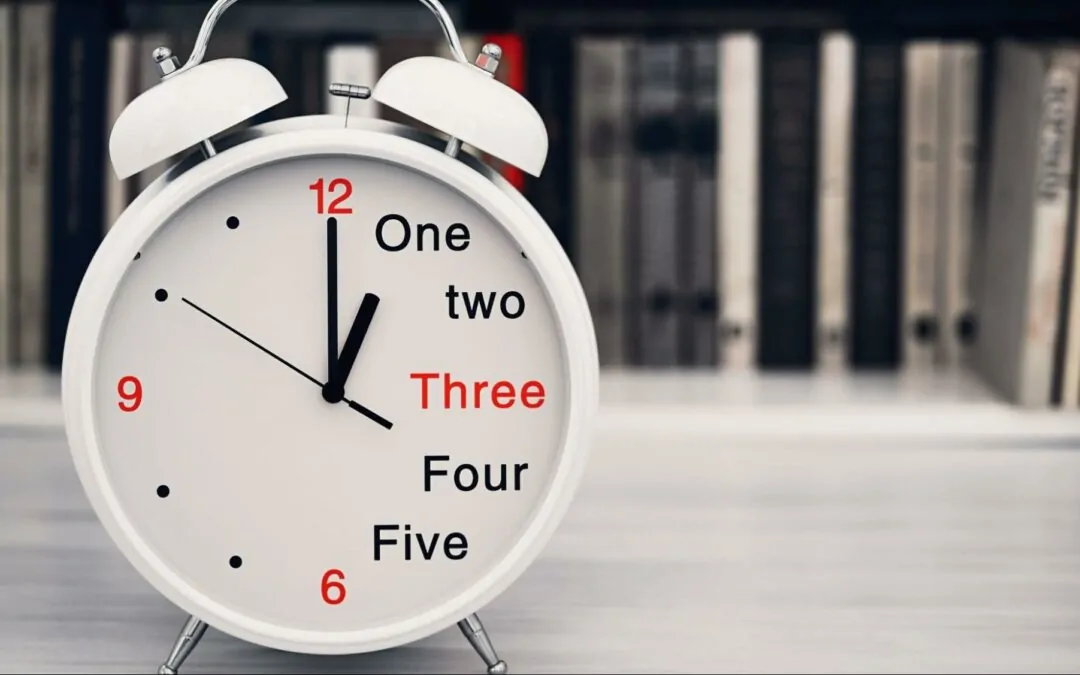
Introduction to what time was it 13 hours ago
In our daily lives, time plays a crucial role in everything from planning events to meeting deadlines. Understanding how to calculate past or future times based on the current hour is a fundamental skill. One common query that arises in this context is, “What time was it 13 hours ago?” This might seem simple at first, but it can become more complex when you consider factors like different time zones, AM/PM conversions, or even the use of military time. In this article, we’ll explore how to determine the what time was it 13 hours ago using various time formats, how this applies in real-life scenarios, and why understanding these calculations is important.
How to Calculate the Time 13 Hours Ago
To determine what time it what time was it 13 hours ago you simply subtract 13 hours from the current time. If you’re using a 24-hour clock, this calculation becomes easier to understand. For instance, if the current time is 15:00 (3:00 PM), subtracting 13 hours brings you to 02:00 (2:00 AM). However, if you’re using a 12-hour clock, you must consider whether the current time is AM or PM and adjust accordingly. For example, 5:00 PM minus 13 hours brings you to 4:00 AM of the same or previous day. It’s a straightforward subtraction but can be tricky if you’re not comfortable with converting between time formats.
The Importance of Knowing Past Time Intervals
Understanding what time was it 13 hours ago can help in many practical situations. For example, if you’re working across international time zones and need to coordinate meetings or deadlines, calculating past hours can determine when a colleague sent a message or when a system event occurred. Similarly, travelers often need to know how their home time compares to the local time when abroad, and businesses use past time stamps to monitor performance or activity logs. Whether you’re a student, professional, or traveler, this skill is universally useful.
Time Zones and Daylight Saving Time
 Calculating what time was it 13 hours ago becomes more complex when factoring in time zones or daylight saving time (DST). A time zone offset can make your calculation vary depending on where you are in the world. For example, 13 hours ago in New York is different from 13 hours ago in Tokyo. If daylight saving time has just begun or ended, an hour might be added or subtracted, further complicating the calculation. Tools like time zone converters or world clocks can help clarify these differences and provide accurate results.
Calculating what time was it 13 hours ago becomes more complex when factoring in time zones or daylight saving time (DST). A time zone offset can make your calculation vary depending on where you are in the world. For example, 13 hours ago in New York is different from 13 hours ago in Tokyo. If daylight saving time has just begun or ended, an hour might be added or subtracted, further complicating the calculation. Tools like time zone converters or world clocks can help clarify these differences and provide accurate results.
Examples: What Time Was It 13 Hours Ago From Different Times?
Let’s consider a few examples to better understand how to calculate what time it was 13 hours ago:
-
Example 1: Current time is 10:00 AM → 13 hours ago = 9:00 PM (previous day)
-
Example 2: Current time is 1:00 AM → 13 hours ago = 12:00 PM (noon) (previous day)
-
Example 3: Current time is 11:00 PM → 13 hours ago = 10:00 AM (same day)
-
Example 4: Current time is 6:00 PM → 13 hours ago = 5:00 AM (same day)
These examples show how time calculations require you to be attentive to whether you’re crossing over to the previous day and whether it’s AM or PM.
Time Calculation in Digital Devices
Most smartphones, computers, and digital assistants have built-in time conversion functions. Simply asking Siri, Google Assistant, or Alexa, what time was it 13 hours ago will instantly give you an accurate answer based on your current time zone. Similarly, spreadsheet tools like Excel and Google Sheets have time functions that can add or subtract hours from a given time. This automation removes human error and is especially useful for people dealing with time-sensitive operations, like customer service, global communication, or transportation logistics.
Historical Relevance: Time and Scheduling Through History
The need to calculate past times isn’t just a modern concern. In ancient times, people used sundials, water clocks, and star positions to measure hours. Maritime navigation in particular relied heavily on calculating previous hours and time differences to determine longitude. Although our methods have become more precise, the importance of knowing what time it was at a certain point in the past remains unchanged, especially in navigation, aviation, and digital forensics.
Why “13 Hours Ago” Is a Common Query
The phrase what time was it 13 hours ago often appears in news articles, social media, and chat logs. Social media platforms like Twitter and Facebook use relative timestamps such as “posted 13 hours ago” to help users contextualize when content was shared. Knowing the exact time of such events can help in scheduling posts, checking content engagement, or verifying information in fast-moving news cycles. In work environments, 13 hours ago might refer to the last time a server was rebooted or when a task was completed.
Time Calculation in Different Professions
Different industries rely heavily on precise time tracking. In aviation, pilots and air traffic controllers constantly calculate time differences for safe flight planning. Healthcare professionals need accurate records of when medication was administered — for example, what time was it 13 hours ago could indicate the last dose. In journalism, timestamps validate when a source gave a quote or when a breaking event was first reported. Whether you’re analyzing logs in cybersecurity or checking clock-ins in HR, calculating past time correctly is crucial.
Conclusion
Calculating what time was it 13 hours ago may sound like a small task, but it has broad applications in everyday life and professional scenarios. Whether you’re checking a message timestamp, verifying event history, or scheduling across time zones, knowing how to determine past times accurately helps you stay organized, punctual, and informed. With digital tools making it easier than ever, there’s no excuse not to master this essential skill. Just remember — whether it’s 2 AM or 2 PM, time never stops, and knowing where it was can help you decide where you’re going.
You Many Also Read: SFM Compile


